REAR WINDOW (1954)
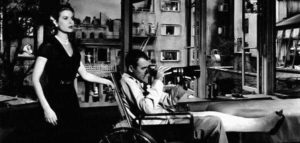
The rear window is a mystery thriller suspense film directed by Alfred Hitchcock in 1954. Rear Window is one of the representative works of Hitchcock’s suspense films. He creates an atmosphere of terror and suspense and vividly explores everyone’s hidden peeping psychology. Photojournalist Jeffery broke his leg
in an accident, so he was confined to his wheelchair for some time. Be free and at leisure’s Jeffery always liked to watch his neighbors through his window. During this period, he observed various stories of his neighbors and witnessed a murder.
In terms of plot structure, the film consists of three stories. First, the love story between the photographer Jeffrey and her girlfriend, the beautiful, gentle and wealthy girlfriend wants to get married, while the poor, lazy and adventurous Jeffrey wants to keep the status quo. There is an irreconcilable contradiction between the two. Second, the neighbors of Jeffrey. All of them are good movies, disappointed but talented composers, beautiful but vain dancers, miss Lonely Fangxin who longs for love but can’t get it. Three: Family murder, the film simply explained the reasons, but the story has been passive, but even so it also contains all the elements of a good film. Almost all the scenes in the film are peeping lenses, which are contacted with the eyes of others.
In addition, the film also is characterized by long shot. The film begins with a long lens, showing audiences all kinds of information including the hero’s leg was in plaster and he had a telescopic camera. The function of the long lens is to give the audience a god’s perspective. When the audience sees the whole picture of the object, they get rid of the dual limitations of time and space. The director takes the actor’s eyes as the lens, prying into the lives of his neighbors. The audience gradually sees a murder surface with the hero’s eyes, but the murder is not the whole movie, it is just a movie in this movie. In this movie, every window is a screen, and every moment is a movie.
This movie doesn’t have any real bloody scenes, but it shows the audience a lot of interesting details, such as suitcases, flower beds, dogs, specific scenes and time, lighting contrast, including the life scenes of each neighbor, all of which make the audience feel real.
https://www.imdb.com/title/tt0047396/
http://mentalfloss.com/article/84880/12-thrilling-facts-about-rear-window
https://www.theguardian.com/film/filmblog/2012/jul/25/my-favourite-hitchcock-rear-window


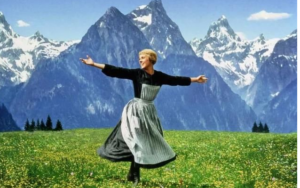
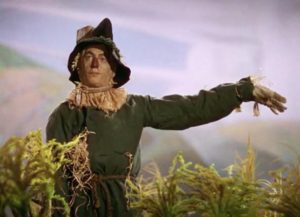
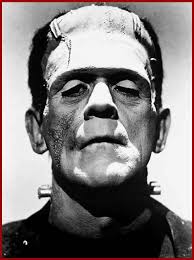 industry that started in the 1900’s (sreevesg). It allows regular people to become extraordinary things like Frankenstein or a werewolf. Originally the most common items used in special effects makeup were collodion, mortician’s wax, putty, and spirit gum.
industry that started in the 1900’s (sreevesg). It allows regular people to become extraordinary things like Frankenstein or a werewolf. Originally the most common items used in special effects makeup were collodion, mortician’s wax, putty, and spirit gum.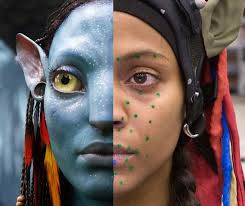 CGI technology advances. CGI stands for Computer-Generated Imagery and it allows filmers to digitally create something as big as an entire scene or something as small as removing an imperfection from an actors face (QZ). CGI has been used in films to edit the appearance of actors by making them look younger, altering their body to make them look thinner, or even adding artificial tears to their face (QZ).
CGI technology advances. CGI stands for Computer-Generated Imagery and it allows filmers to digitally create something as big as an entire scene or something as small as removing an imperfection from an actors face (QZ). CGI has been used in films to edit the appearance of actors by making them look younger, altering their body to make them look thinner, or even adding artificial tears to their face (QZ).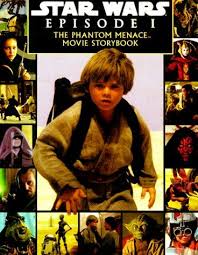 hardship on special effects makeup artists as they aren’t really needed anymore. It also doesn’t help that special effects makeup takes a long time to be applied and can be easily messed up while shooting. In a documentary, Life After Pi, they stated that between 2003 and 2013 a lot of visual effects companies were forced to file for bankruptcy (QZ). While it does seem like CGI is something that could completely erase the need for these talented artists there are still reasons to hold out. For example, In Star Wars: Episode I — The Phantom Menace there were a lot of complaints that the movie was too “cartoony” looking due to the overuse of CGI. This has lead to most studios using a blend of both special effects makeup and CGI. However, with the fact that technology is constantly advancing and becoming cheaper there may come a time where special effects makeup artists are a thing of the past.
hardship on special effects makeup artists as they aren’t really needed anymore. It also doesn’t help that special effects makeup takes a long time to be applied and can be easily messed up while shooting. In a documentary, Life After Pi, they stated that between 2003 and 2013 a lot of visual effects companies were forced to file for bankruptcy (QZ). While it does seem like CGI is something that could completely erase the need for these talented artists there are still reasons to hold out. For example, In Star Wars: Episode I — The Phantom Menace there were a lot of complaints that the movie was too “cartoony” looking due to the overuse of CGI. This has lead to most studios using a blend of both special effects makeup and CGI. However, with the fact that technology is constantly advancing and becoming cheaper there may come a time where special effects makeup artists are a thing of the past.